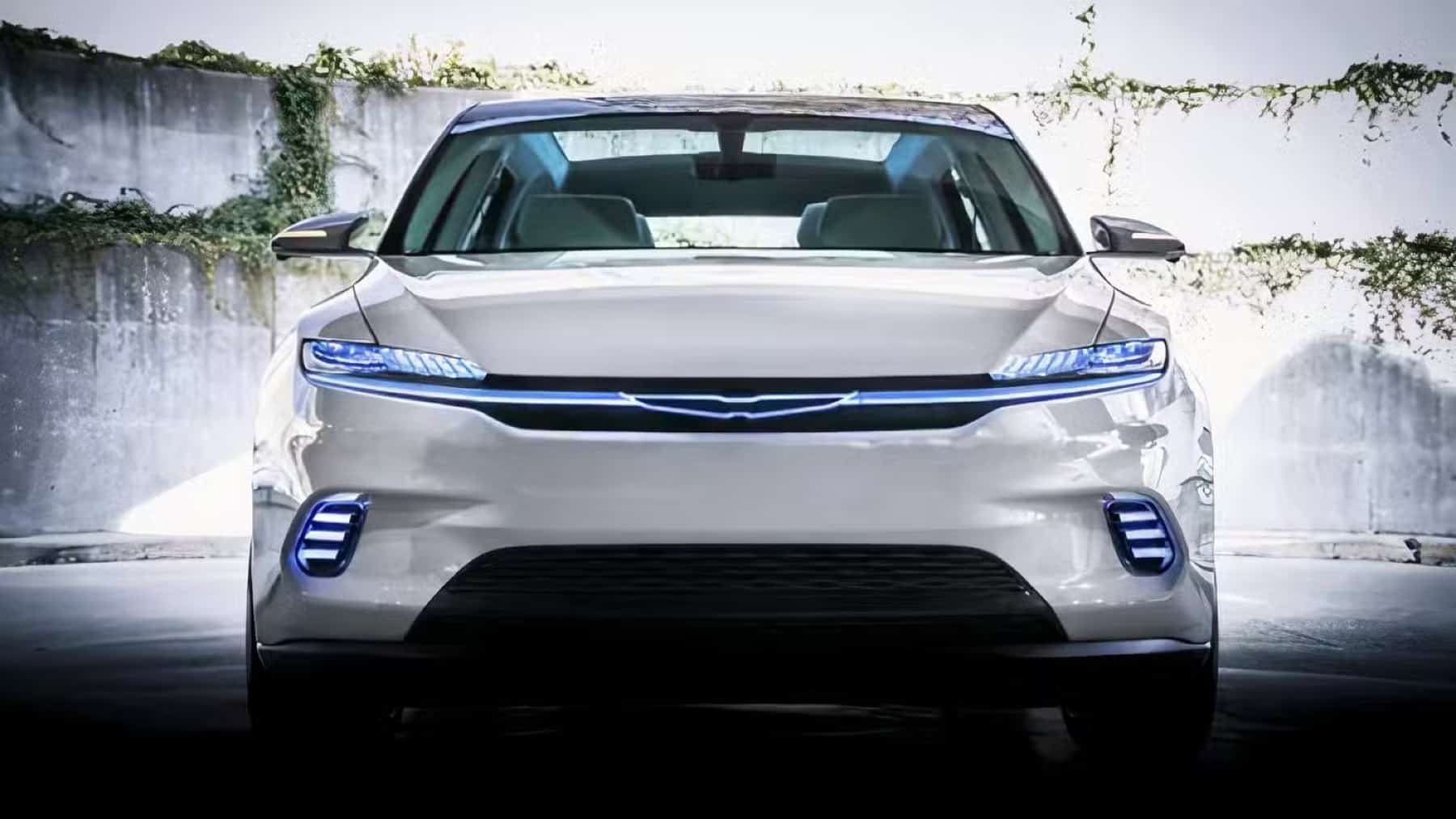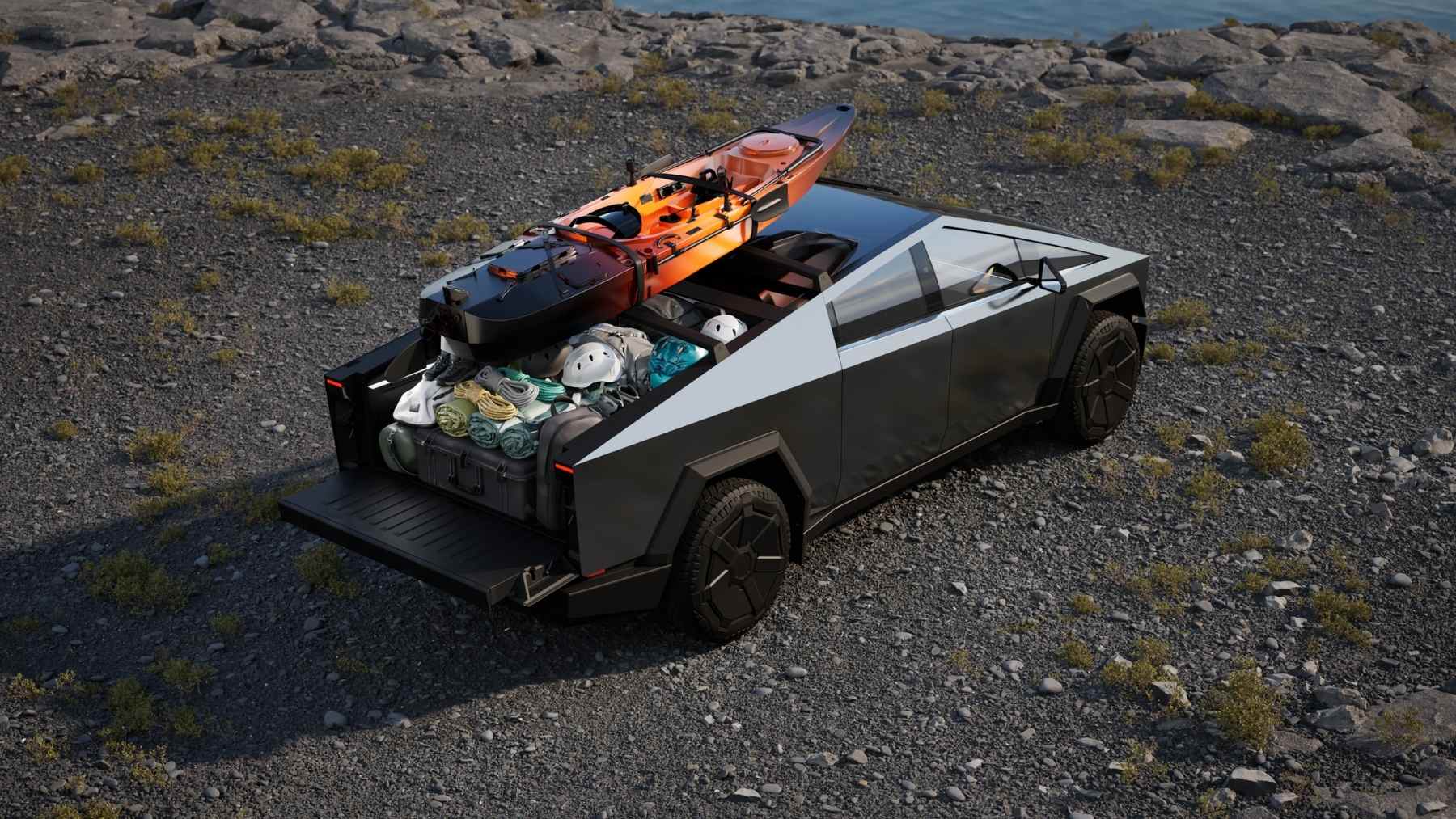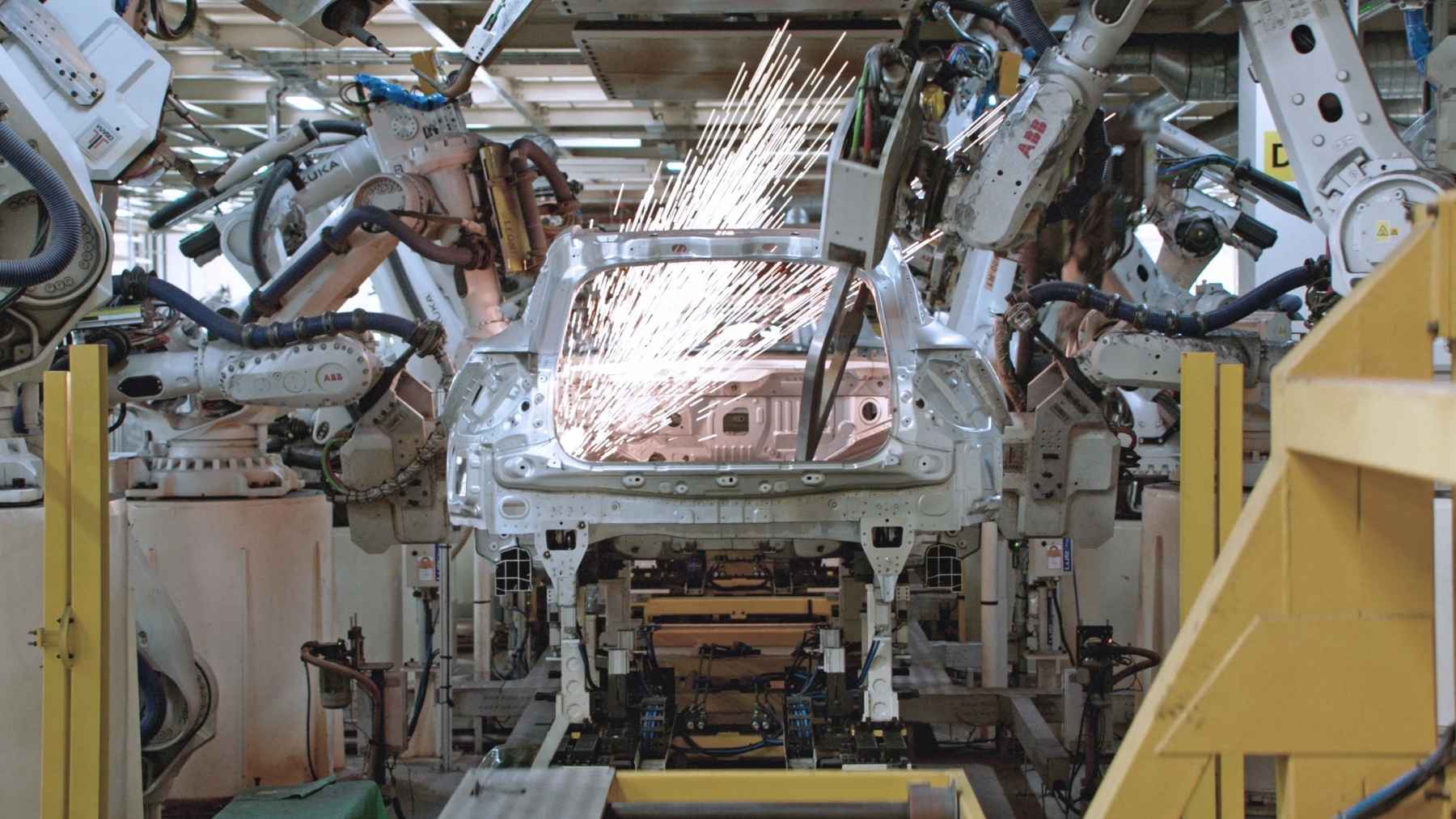This vehicle has made a mythical comeback from 1934, highlighting the return of retro features amid improved and advanced technology. Today, the passenger vehicle world is more technologically robust than we have ever seen before, with new engine capabilities being released every year, particularly amidst the push for more sustainable engine solutions. However, automobile companies have not forgotten their roots in the process and are continuing to include past features from previous beloved models into their current models.
Combining the past and the present in these vehicles
Today’s passenger vehicle world is dominated by a focus on developing sustainable and carbon-neutral engine solutions. The rise of the electric engine in the past decade has pushed automobile developers to develop comprehensive strategies that prioritize the future of the planet. As a result, fierce competition has emerged in the electric vehicle market, whereby companies use these vehicles not only to demonstrate their commitments towards reducing their carbon footprint, but also to represent engineering excellence and a futuristic, visionary outlook.
However, recent trends, which are also emerging across developers, include the adoption of elements from previous models into newer, more technologically advanced ones. This primarily involves vehicle design features, whereby we are seeing automobile developers ensure the cohesiveness of their brand integrity by incorporating features of beloved older models into their newer ones.
This adoption of older designs also provides internal design and engineering teams to reimagine the potential of older models, remaining attentive to their company roots, which made them popular among consumers. This focus also recognizes the need to include more sustainable engine solutions while considering the technological needs of the modern driver.
Chrysler launches a mythical comeback from 1934 with the Airflow
Keeping with the trend of combining the past with the present as part of the production elements of new vehicles on the road, Chrysler has recently launched the Airflow, a concept EV crossover that takes inspiration from the original 1934 model. The Airflow is an exciting comeback from 1934, whereby the name takes inspiration from the 1934 Chrysler CX LeBaron Custom Imperial Airflow Town Sedan.
Key standout features of the new vehicle include the following:
- A dual-motor setup of electric motors at the front and rear, each providing 201hp.
- 118kWh battery pack to provide 350 to 400 miles of range.
- Reportedly capable of Level Three autonomous driving via its STLA AutoDrive system.
The combination of an electric engine and autonomous driving features is a fitting example of how Chrysler is jumping on two of the biggest current focuses in the passenger vehicle world. While electric vehicles are not uncommon to come by anymore, autonomous driving technologies are just beginning to emerge from the periphery, with a future without the need for a driver behind the wheel inching closer than we may think.
The future of the passenger vehicle world is autonomous
Autonomous driving technology has been on the rise for some time now. Currently, this technology is limited to semi-autonomous technologies, such as Tesla’s Autopilot and Full Self-Driving (Supervised). However, many companies (including Tesla) are underway with piloting the first vehicles, which are capable of fully autonomous driving, meaning a driver will not be needed.
There are five levels of autonomous driving technologies, with the current autonomous driving projects mostly pertaining to levels three and four. While it is looking more like a reality that these technologies are going to be hitting the road within the next decade, companies developing this technology will have to first pass a number of ethical and legal hurdles regarding the safety of self-driving cars. Most of these concerns are regarding who is held responsible if, and when, these vehicles are in a road accident.















